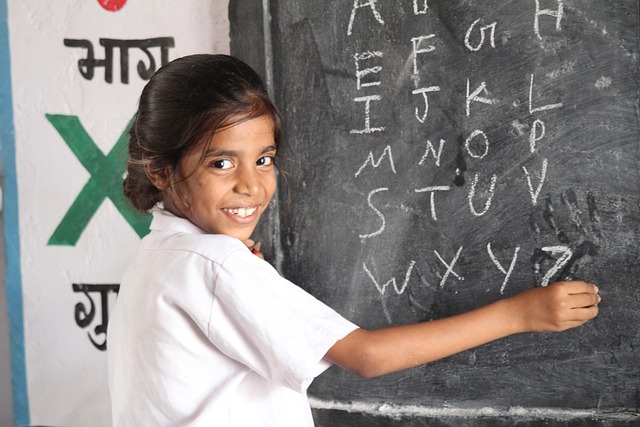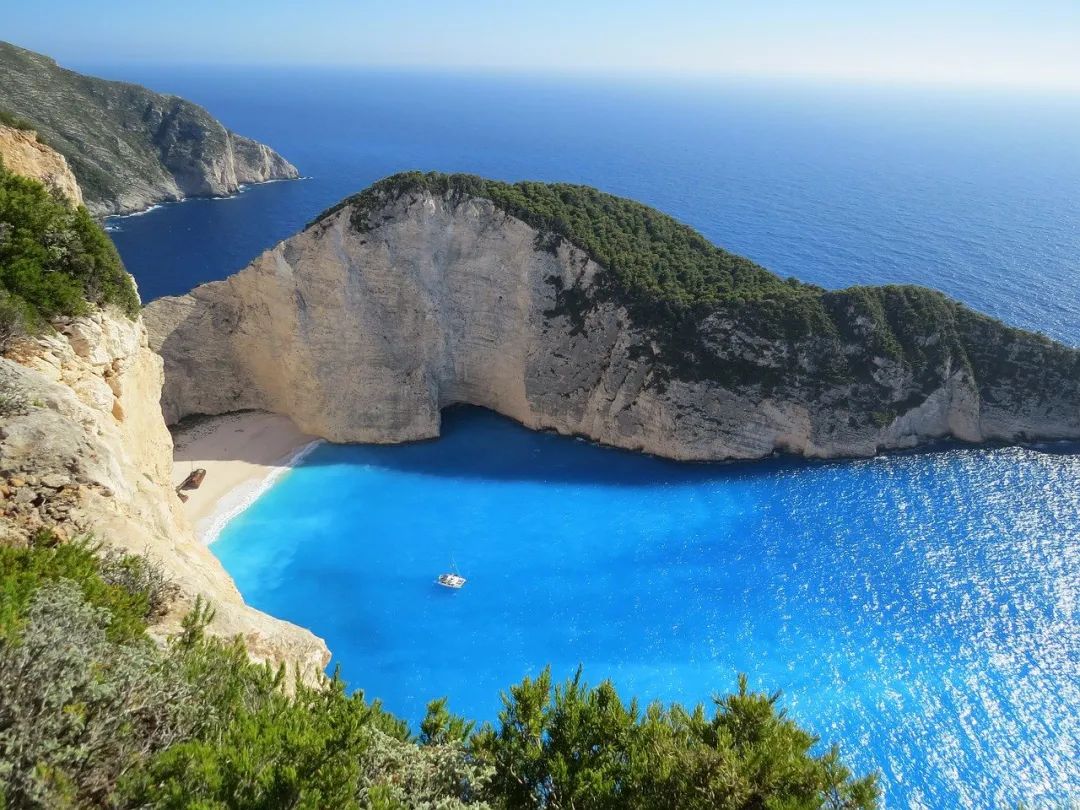高考英语配套教学课件《Unit 1 The world of our senses》专题语法攻略 形容词和副词 译林版必修3

一、形容词、副词的作用与位置
形容词是用来修饰名词的,常放在名词前作定语,
或放在系动词后作表语。而副词则用来修饰形容词、
动词,其他副词或者句子,一般位于形容词之前,
动词之后或句子之首。以下属几种特殊情况,需牢记: 1.形容词短语作定语,定语后置。
a language difficult to master, a leaning tower about 180
feet high 2.表语形容词(afraid、alike、alone、asleep、awake、alive
等)作定语,定语后置。如a man alive。有些表身体健康
状况的形容词如well、faint、ill,只作表语。sick既可作
表语又可作定语,ill如作定语则意为“bad”。 3.形容词用作定语,修饰由不定代词one、no、any、
some和every构成的复合词如anything、something等时,
通常后置。
I have something important to tell you.
我有要事相告。 4.else常用作疑问代词和不定代词的后置定语。例如:
what else,who else。 5.enough修饰名词前置或后置均可,修饰形容词、副词时,
需后置。 6.几个副词并列作状语时,其顺序较灵活,但一般是:方
式→地点→时间。
We had a good time together outdoors last Sunday.
我们上星期天在户外玩得很愉快。 7.频度副词如often、always、usually等置于be动词后,行
为动词前。 8.副词作定语,定语后置。
The person there is waiting for you.
那边的那个人在等你。 9.几个并列的形容词作定语,其语序通常为:限定词+ 描
绘性形容词 + size(大小)+ shape(形状)+
color(颜色)+
origin(国籍、来源)+ material(材料)+ purpose(用途)+
名词。
a
beautiful white Japanese military jeep
一辆漂亮的白色的日本军用吉普车 10.以ly结尾的词性辨析。 (1)下列单词以ly结尾,常用作形容词:lively、lonely、
lovely、deadly、friendly、ugly、silly、likely、brotherly、
timely等。 (2)表原意(无ly)和引申意(有ly)的副词: deep深地 deeply深入地 wide宽广地 widely广泛地 high高;高高地 highly高度地 low位置低地 lowly地位卑微地 (3)有无ly意义大不相同的副词: pretty相当地
be pretty certain that… prettily漂亮地
be prettily dressed close近地
Don’t sit close.
closely密切地
Watch closely!
late晚、迟
arrive late, come late lately最近
I haven’t seen him lately(recently).
二、复合形容词的构成 1.形容词 + 名词 + ed
kindhearted好心的,whitehaired白发的 2.形容词 + 形容词
redhot炽热的,darkblue深蓝的 3.形容词 + 现在分词
goodlooking好看的,easygoing随和的 4.副词 + 现在分词
hardworking勤劳的,fastmoving快速转动的 5.副词 + 过去分词
hardwon得来不易的,newlybuilt新建的 6.名词 + 形容词
lifelong终生的,worldfamous世界闻名的 7.名词 + 现在分词
peaceloving爱好和平的,funloving爱开玩笑的 8.名词 + 过去分词
snowcovered白雪覆盖的,handmade手工的 9.数词 + 名词 + ed
fourstoreyed 4层楼的,threelegged 3条腿的 10.数词 + 名词(名词用单数)
tenyear 10年的,twoman两人的 三、形容词和副词的比较等级 1.原级的用法。表示双方在程度、性质、特征等方面相等
时,用“as +形容词/副词原级+ as”的结构;表示双方
不相等时,用“not so(as) + 形容词/副词原级+ as”的
结构。
This building looks not so (as)high as that one.
这幢楼看起来不如那幢高。
Miss Xu speaks English as fluently as you.
徐小姐英语说得和你一样流利。 2.比较级的用法。 (1)双方比较,表示一方超过另一方时,用“比较级 +
than”的结构表示。
Our house is bigger than yours.
我们的房子比你们的大。 (2)表示一方不及另一方时,用“less + 原级 + than”的结
构表示。
This room is less beautiful than that one.
这个房间不如那个房间漂亮。 (3)表示一方超过另一方的程度或数量时,可在比较级前加
表示程度的状语,如even、a lot、a bit、a little、still、
much、far、yet等修饰。
He works even harder than before.
他工作比以前努力多了。 (4)表示一方随另一方的程度而变化时,用“the + 比较级(
主语 + 谓语),the + 比较级(主语 + 谓语)”的结构,意
为“越……,就越……”。
The harder he works, the happier he feels.
他工作越努力就感觉越幸福。 (5)不与其他事物相比,表示本身程度的改变时,用“比较
级 + and + 比较级”的结构。
The weather is getting warmer and warmer.
天气变得越来越暖和了。 (6)在比较从句中为了避免重复,我们通常用that(those)、
one(ones)代替前面出现的名词。that指物,one既可指
人又可指物。that可代替可数名词单数和不可数名词,
而one只能代替可数名词。
A box made of steel is stronger than one made of wood.
钢制的箱子比木制的坚固。 (7)倍数表达法。
①A is three(four, etc.)times the size(height, length
etc.)of B.
The new building is four times the size(the height)of the
old one.这座新楼比那座旧楼大三倍(高三倍)。
②A is three(four, etc.)times as big(high, long, etc.)as B.
This room is three times as large as that one.
这个房间是那个房间的三倍大。
③A is three (four, etc.)times bigger(higher, longer,
etc.)than B.
Your school is three times bigger than ours.
你们的学校比我们的学校大三倍。 [注意] 用times 表倍数通常用于三倍以上,两倍可以用twice或double。
3.最高级的用法。 (1)三者或三者以上相比,表示最高程度时,用“the + 最
高级”的结构表示。这种句式一般常有表示比较范围的
介词短语。
She is the youngest of the family.
她是家中最小的。 (2)最高级可被序数词以及much、by far、nearly、almost、
by no means、not quite、not really、nothing like等词语
所修饰。
This hat is by no means the biggest.
这顶帽子决不是最大的。 (3)表示“最高程度”的形容词,如excellent、extreme、
perfect等,没有比较级和最高级。 (4)形容词最高级修饰作表语或介词宾语的名词、代词时,
被修饰的词往往省略。
She is the tallest(girl) in her class.
她是班上最高的女孩子。 4.形容词和副词前面使用冠词的情况。 (1)形容词最高级前有时加不定冠词,或不加冠词,不表
比较,表示“非常”。
The film is most interesting.(most=very)
这部电影非常有趣。 (2)表示两者间“较……的一个”比较级前加the。
Who is the older of the two boys?
谁是这两个男孩中较大的一个? (3)有些形容词前加the 成为名词。如the poor、the rich 等。 5.由as / so组成的形容词或副词短语。 (1)as much as + 不可数名词 “(数量)多达” (2)as many as + 可数名词 “(数量)多达” (3)as far as远到;就……而言(论)
As far as I know,he has been there before.
就我所知,他以前去过那里。 (4)may (might, could)as well不妨、不如
Then you might as well stay with us here.
那么你不妨和我们一起呆在这儿。 (5)as... as one can be到了最……的程度,极其
They are as unreliable as they can be.他们极其不可信。 (6)as...as one can尽某人所能
He began to run, as fast as he could.
他开始尽可能快地跑。 (7)as ... as possible尽可能
Just get them to finish up as soon as possible.
让他们尽可能地早点完成。 6.和more有关的词组。 (1)more B than A=less A than B与其说A不如说B。
He is more lazy than slow at his work.
=He is less slow than lazy at his work.
他工作时,与其说是反应慢不如说是懒。 (2)no more...than...与……一样……,不比……多。
The officials could see no more than the Emperor.
官员们看到的和皇帝一样多。
no less...than...与……一样……,不比……少。
He is no less diligent than you.他和你一样勤勉。 (3)more than+从句,表示超出某人的力量、知识等的
范围。
That's more than I can do.这是我所做不了的。
more than+形容词表示“非常”。
She is more than kind to us all.
她对我们所有的人非常热心。
一、形容词、副词的作用与位置
形容词是用来修饰名词的,常放在名词前作定语,
或放在系动词后作表语。而副词则用来修饰形容词、
动词,其他副词或者句子,一般位于形容词之前,
动词之后或句子之首。以下属几种特殊情况,需牢记: 1.形容词短语作定语,定语后置。
a language difficult to master, a leaning tower about 180
feet high 2.表语形容词(afraid、alike、alone、asleep、awake、alive
等)作定语,定语后置。如a man alive。有些表身体健康
状况的形容词如well、faint、ill,只作表语。sick既可作
表语又可作定语,ill如作定语则意为“bad”。 3.形容词用作定语,修饰由不定代词one、no、any、
some和every构成的复合词如anything、something等时,
通常后置。
I have something important to tell you.
我有要事相告。 4.else常用作疑问代词和不定代词的后置定语。例如:
what else,who else。 5.enough修饰名词前置或后置均可,修饰形容词、副词时,
需后置。 6.几个副词并列作状语时,其顺序较灵活,但一般是:方
式→地点→时间。
We had a good time together outdoors last Sunday.
我们上星期天在户外玩得很愉快。 7.频度副词如often、always、usually等置于be动词后,行
为动词前。 8.副词作定语,定语后置。
The person there is waiting for you.
那边的那个人在等你。 9.几个并列的形容词作定语,其语序通常为:限定词+ 描
绘性形容词 + size(大小)+ shape(形状)+
color(颜色)+
origin(国籍、来源)+ material(材料)+ purpose(用途)+
名词。
a
beautiful white Japanese military jeep
一辆漂亮的白色的日本军用吉普车 10.以ly结尾的词性辨析。 (1)下列单词以ly结尾,常用作形容词:lively、lonely、
lovely、deadly、friendly、ugly、silly、likely、brotherly、
timely等。 (2)表原意(无ly)和引申意(有ly)的副词: deep深地 deeply深入地 wide宽广地 widely广泛地 high高;高高地 highly高度地 low位置低地 lowly地位卑微地 (3)有无ly意义大不相同的副词: pretty相当地
be pretty certain that… prettily漂亮地
be prettily dressed close近地
Don’t sit close.
closely密切地
Watch closely!
late晚、迟
arrive late, come late lately最近
I haven’t seen him lately(recently).
二、复合形容词的构成 1.形容词 + 名词 + ed
kindhearted好心的,whitehaired白发的 2.形容词 + 形容词
redhot炽热的,darkblue深蓝的 3.形容词 + 现在分词
goodlooking好看的,easygoing随和的 4.副词 + 现在分词
hardworking勤劳的,fastmoving快速转动的 5.副词 + 过去分词
hardwon得来不易的,newlybuilt新建的 6.名词 + 形容词
lifelong终生的,worldfamous世界闻名的 7.名词 + 现在分词
peaceloving爱好和平的,funloving爱开玩笑的 8.名词 + 过去分词
snowcovered白雪覆盖的,handmade手工的 9.数词 + 名词 + ed
fourstoreyed 4层楼的,threelegged 3条腿的 10.数词 + 名词(名词用单数)
tenyear 10年的,twoman两人的 三、形容词和副词的比较等级 1.原级的用法。表示双方在程度、性质、特征等方面相等
时,用“as +形容词/副词原级+ as”的结构;表示双方
不相等时,用“not so(as) + 形容词/副词原级+ as”的
结构。
This building looks not so (as)high as that one.
这幢楼看起来不如那幢高。
Miss Xu speaks English as fluently as you.
徐小姐英语说得和你一样流利。 2.比较级的用法。 (1)双方比较,表示一方超过另一方时,用“比较级 +
than”的结构表示。
Our house is bigger than yours.
我们的房子比你们的大。 (2)表示一方不及另一方时,用“less + 原级 + than”的结
构表示。
This room is less beautiful than that one.
这个房间不如那个房间漂亮。 (3)表示一方超过另一方的程度或数量时,可在比较级前加
表示程度的状语,如even、a lot、a bit、a little、still、
much、far、yet等修饰。
He works even harder than before.
他工作比以前努力多了。 (4)表示一方随另一方的程度而变化时,用“the + 比较级(
主语 + 谓语),the + 比较级(主语 + 谓语)”的结构,意
为“越……,就越……”。
The harder he works, the happier he feels.
他工作越努力就感觉越幸福。 (5)不与其他事物相比,表示本身程度的改变时,用“比较
级 + and + 比较级”的结构。
The weather is getting warmer and warmer.
天气变得越来越暖和了。 (6)在比较从句中为了避免重复,我们通常用that(those)、
one(ones)代替前面出现的名词。that指物,one既可指
人又可指物。that可代替可数名词单数和不可数名词,
而one只能代替可数名词。
A box made of steel is stronger than one made of wood.
钢制的箱子比木制的坚固。 (7)倍数表达法。
①A is three(four, etc.)times the size(height, length
etc.)of B.
The new building is four times the size(the height)of the
old one.这座新楼比那座旧楼大三倍(高三倍)。
②A is three(four, etc.)times as big(high, long, etc.)as B.
This room is three times as large as that one.
这个房间是那个房间的三倍大。
③A is three (four, etc.)times bigger(higher, longer,
etc.)than B.
Your school is three times bigger than ours.
你们的学校比我们的学校大三倍。 [注意] 用times 表倍数通常用于三倍以上,两倍可以用twice或double。
3.最高级的用法。 (1)三者或三者以上相比,表示最高程度时,用“the + 最
高级”的结构表示。这种句式一般常有表示比较范围的
介词短语。
She is the youngest of the family.
她是家中最小的。 (2)最高级可被序数词以及much、by far、nearly、almost、
by no means、not quite、not really、nothing like等词语
所修饰。
This hat is by no means the biggest.
这顶帽子决不是最大的。 (3)表示“最高程度”的形容词,如excellent、extreme、
perfect等,没有比较级和最高级。 (4)形容词最高级修饰作表语或介词宾语的名词、代词时,
被修饰的词往往省略。
She is the tallest(girl) in her class.
她是班上最高的女孩子。 4.形容词和副词前面使用冠词的情况。 (1)形容词最高级前有时加不定冠词,或不加冠词,不表
比较,表示“非常”。
The film is most interesting.(most=very)
这部电影非常有趣。 (2)表示两者间“较……的一个”比较级前加the。
Who is the older of the two boys?
谁是这两个男孩中较大的一个? (3)有些形容词前加the 成为名词。如the poor、the rich 等。 5.由as / so组成的形容词或副词短语。 (1)as much as + 不可数名词 “(数量)多达” (2)as many as + 可数名词 “(数量)多达” (3)as far as远到;就……而言(论)
As far as I know,he has been there before.
就我所知,他以前去过那里。 (4)may (might, could)as well不妨、不如
Then you might as well stay with us here.
那么你不妨和我们一起呆在这儿。 (5)as... as one can be到了最……的程度,极其
They are as unreliable as they can be.他们极其不可信。 (6)as...as one can尽某人所能
He began to run, as fast as he could.
他开始尽可能快地跑。 (7)as ... as possible尽可能
Just get them to finish up as soon as possible.
让他们尽可能地早点完成。 6.和more有关的词组。 (1)more B than A=less A than B与其说A不如说B。
He is more lazy than slow at his work.
=He is less slow than lazy at his work.
他工作时,与其说是反应慢不如说是懒。 (2)no more...than...与……一样……,不比……多。
The officials could see no more than the Emperor.
官员们看到的和皇帝一样多。
no less...than...与……一样……,不比……少。
He is no less diligent than you.他和你一样勤勉。 (3)more than+从句,表示超出某人的力量、知识等的
范围。
That's more than I can do.这是我所做不了的。
more than+形容词表示“非常”。
She is more than kind to us all.
她对我们所有的人非常热心。









